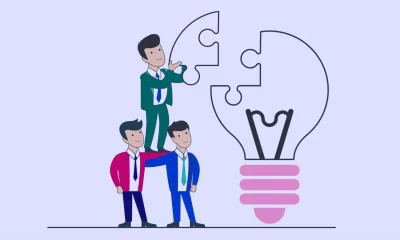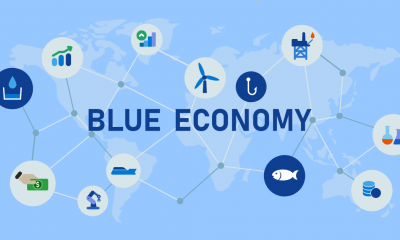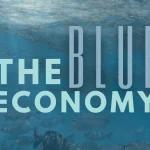By Hon. Dr. Kariuki Muigua, OGW, PhD, C.Arb, FCIArb (Leading Environmental Law Scholar, Sustainable Development Policy Advisor, Natural Resources Lawyer and Dispute Resolution Expert from Kenya), The African Arbitrator of the Year 2022, Kenya’s ADR Practitioner of the Year 2021, CIArb (Kenya) Lifetime Achievement Award 2021 and ADR Publisher of the Year 2021 and Author of the Kenya’s First ESG Book: Embracing Environmental Social and Governance (ESG) tenets for Sustainable Development” (Glenwood, Nairobi, July 2023) and and Kenya’s First Two Climate Change Law Book: Combating Climate Change for Sustainability (Glenwood, Nairobi, October 2023) and Achieving Climate Justice for Development (Glenwood, Nairobi, October 2023)*
Responding to climate change involves a two-pronged approach that entails mitigation and adaptation mechanisms. Mitigation involves reducing the flow of heat-trapping greenhouse gases into the atmosphere, either by reducing sources of these gases (for example, the burning of fossil fuels for electricity, heat, or transport) or enhancing the “sinks” that accumulate and store these gases (such as the oceans, forests, and soil).
Mitigation envisages making the impacts of climate change less severe by preventing or reducing the emission of greenhouse gases (GHG) into the atmosphere. The goal of mitigation is to avoid significant human interference with Earth’s climate, “stabilize greenhouse gas levels in a timeframe sufficient to allow ecosystems to adapt naturally to climate change, ensure that food production is not threatened, and to enable economic development to proceed in a sustainable manner.
Adaptation on the other hand means anticipating the adverse effects of climate change and taking appropriate action to prevent or minimise the damage they can cause, or taking advantage of opportunities that may arise. Examples of adaptation measures include large-scale infrastructure changes, such as building defenses to protect against sea-level rise, as well behavioral shifts, such as individuals reducing their food waste.
The aim of mitigation is to reduce our risks from the harmful effects of climate change such sealevel rise, more intense extreme weather events, or food insecurity. It also includes making the most of any potential beneficial opportunities associated with climate change for example, longer growing seasons or increased yields in some regions. One of the mitigation mechanisms that has been embraced in efforts towards confronting climate change is the idea of low carbon development.
The concept of low carbon development which is also expressed using the term Low-Emission Development Strategies (LEDS) also known as low-carbon development strategies, or lowcarbon growth plans. They refer to forward-looking national economic development plans or strategies that encompass low-emission and/or climate-resilient economic growth.
Low carbon development has also been defined as forward-looking, climate-friendly growth strategies that can highlight a country’s priority actions for climate mitigation and adaptation, and a country’s role in the global effort against climate change. The idea of low-carbon development aims to achieve the goals of reducing greenhouse gas emissions, exploiting low-carbon energy, and ensuring economic growth.
It has been observed that LEDS have attracted interest in the climate negotiations as a soft alternative to voluntary or obligatory GHG emission reduction targets in developing countries. Low carbon development focuses on addressing and integrating climate change with development objectives and is therefore a more useful approach for developing countries.
The idea of low carbon development has been advocated as the inevitable choice to confront climate change and achieve Sustainable Development. To effectively reduce greenhouse gas emissions while fostering economic growth, different countries have begun to search for new development paths among which low-carbon development has become a widely advocated one.
In order to foster Climate Justice there is need to promote access to information and public and community participation and access to in decision making processes including the design and implementation of projects and formulation of laws, policies and guidelines concerning climate change. Access to information and public participation are fundamental principles of Climate Justice and have been captured in various legal instruments on climate change.
Public participation is fundamental in climate change mitigation and adaptation since it enhances the capacity to cope with climate change risks and further ensures that decisions reflect local values. It can also foster investment in people-centered laws and institutions to promote transformative climate action and adoption of customary, informal and indigenous approaches to protect biodiversity and promote sustainable use of natural resources. Public participation should thus be embraced in order to realize Climate Justice. There is also need to eliminate structural inequalities in climate action including gender and intragenerational inequalities.
It has been asserted that women often bear the brunt of climate disasters since they depend more heavily on natural resources like water and firewood, meaning that if these items become scarce, they may need to travel farther for them. However, women, youth and person with disabilities among other marginalized groups are often excluded from the decisionmaking table when disaster risk reduction solutions and other climate change responses are designed and implemented contributing to climate injustices. Unequal participation in decision-making processes and labour markets by these groups compound inequalities and often prevent them from fully contributing to climate-related planning, policy-making and implementation.
Women can and do play a critical role in response to climate change due to their local knowledge of and leadership in areas such as sustainable resource management and leading sustainable practices at the household and community level. It has also been asserted that the voice of the youth is pertinent in climate action since the younger generation, will suffer the consequences of climate change more greatly than their parents and grandparents. In addition, people with disabilities may be severely affected by the effects of climate change due to the difficulty in accessing vital resources in case of food insecurity and water scarcity and difficulties in responding to emergencies in case of disasters associated with climate change such as floods.
It is thus imperative to foster the participation of women, youth, person with disabilities and other marginalized groups in climate action in order to realize Climate Justice. It is also essential to increase funding to developing countries and regions of the world in order to enhance their ability to respond to the effects of climate change. It has been observed that developing countries in Africa, Asia, the Caribbean Islands and the Pacific Islands which due to an unfortunate mixture of economic and geographic vulnerability, continue to shoulder the brunt of the burdens of climate change despite their relative innocence in causing it.
Consequently, these countries have suffered from catastrophic consequences of climate change including severe storms, tropical cyclones, flooding and drought resulting in loss of lives, destruction of property and vital infrastructure and food insecurity among others. Due to their geographical vulnerability and low economic development, most of these countries are unable to effectively respond to the effects of climate change thus compounding the problem. Therefore, it is imperative for developed countries and international financial institutions such as the World Bank to increase or keep their pledges on climate funding to these countries in order to enhance their climate resilience through measures such as investments in food security, clean technology, renewable energy and sustainable forestry.
*This is an extract from the Book: Achieving Climate Justice for Development (Glenwood Publishers, Nairobi, October 2023) by Hon. Dr. Kariuki Muigua, OGW, PhD, Senior Advocate of Kenya, Chartered Arbitrator, Kenya’s ADR Practitioner of the Year 2021 (Nairobi Legal Awards), ADR Lifetime Achievement Award 2021 (CIArb Kenya), African Arbitrator of the Year 2022, Africa ADR Practitioner of the Year 2022, Member of National Environment Tribunal (NET) Emeritus (2017 to 2022) and Member of Permanent Court of Arbitration nominated by Republic of Kenya. Dr. Kariuki Muigua is a foremost Environmental Law and Natural Resources Lawyer and Scholar, Sustainable Development Advocate and Conflict Management Expert in Kenya. Dr. Kariuki Muigua is a Senior Lecturer of Environmental Law and Dispute resolution at the University of Nairobi School of Law and The Center for Advanced Studies in Environmental Law and Policy (CASELAP). He has published numerous books and articles on Environmental Law, Environmental Justice Conflict Management, Alternative Dispute Resolution and Sustainable Development. Dr. Muigua is also a Chartered Arbitrator, an Accredited Mediator, the Managing Partner of Kariuki Muigua & Co. Advocates and Africa Trustee Emeritus of the Chartered Institute of Arbitrators 2019-2022. Dr. Muigua is a 2023 recipient of President of the Republic of Kenya Order of Grand Warrior (OGW) Award for his service to the Nation as a Distinguished Expert, Academic and Scholar in Dispute Resolution and recognized among the top 5 leading lawyers and dispute resolution experts in Band 1 in Kenya by the Chambers Global Guide 2022 and was listed in the Inaugural THE LAWYER AFRICA Litigation Hall of Fame 2023 as one of the Top 50 Most Distinguished Litigation Lawyers in Kenya and the Top Arbitrator in Kenya in 2023.
References
Almomani. S., ‘Climate Justice for People with Disabilities.’ Available at https://www.worldforgottenchildren.org/blog/climate-justice-for-people-with-disabilities/154 (Accessed on 29/07/2023).
Climate Change Act, No. 11 of 2016, Laws of Kenya.
European Environment Agency., ‘What is the Difference between Adaptation and Mitigation?’ Available at https://www.eea.europa.eu/help/faq/what-is-the-differencebetween#:~:text=In%20essence%2C%20adaptation%20can%20be,(GHG)%20into%20the% 20atmosphere (Accessed on 07/09/2023)
Hugel. S., & Davies. A., ‘Public Participation, Engagement, and Climate Change Adaptation: A Review of the Research Literature.’ WIREs Climate Change, 2020.
Mace. M., ‘Mitigation Commitments under the Paris Agreement and the Way Forward.’ Climate Law, No. 6 of 2016, pp 21-39 39 European Bank for Reconstruction and Development., ‘The Paris Agreement.’ Available at https://www.ebrd.com/paris-agreement (Accessed on 29/07/2023).
Muigua. K., ‘Redefining the Role of Lawyers in Climate Justice.’ Available at http://kmco.co.ke/wp-content/uploads/2023/06/Redefining-the-Role-of-Lawyers-in-ClimateJustice-.pdf (Accessed on 29/07/2023).
NASA., ‘Responding to Climate Change.’ Available at https://climate.nasa.gov/solutions/adaptationmitigation/#:~:text=Responding%20to%20climate%20change%20involves%20two%20poss ible%20approaches%3A%20reducing%20and,pipeline%20(%E2%80%9Cadaptation%E2% 80%9D) (Accessed on 07/09/2023).
United Nations Children’s Fund., ‘What is Climate Justice? And what can we do Achieve It?’ Available at https://www.unicef.org/globalinsight/what-climate-justice-andwhat-can-we-do-achieve-it (Accessed on 29/07/2023).
United Nations Economic and Social Commission for Asia and the Pacific., ‘LowCarbon Development Plan.’ Available at https://www.unescap.org/sites/default/files/45.%20FS-Low-Carbon-Development-Plan.pdf (Accessed on 07/09/2023).
United Nations Framework Convention on Climate Change, United Nations, 1992., Available at https://unfccc.int/resource/docs/convkp/conveng.pdf (Accessed on 07/09/2023).
United Nations Framework Convention on Climate Change., ‘China’s Achievements, New Goals and New Measures for Nationally Determined Contributions.’ Available at https://unfccc.int/sites/default/files/NDC/202206/China%E2%80%99s%20Achievements% 2C%20New%20Goals%20and%20New%20Measures%20for%20Nationally%20Determine d%20Contributions.pdf (Accessed on 29/07/2023).
United Nations Framework Convention on Climate Change., ‘Introduction to Gender and Climate Change.’ Available at https://unfccc.int/gender (Accessed on 29/07/2023).
United Nations Framework Convention on Climate Change., ‘The United States of America Nationally Determined Contribution.’ Available at https://unfccc.int/sites/default/files/NDC/202206/United%20States%20NDC%20April%20 21%202021%20Final.pdf (Accessed on 29/07/2023)
United Nations., ‘Low Carbon Development.’ Available at https://sustainabledevelopment.un.org/index.php?menu=1448#:~:text=The%20concept%20o f%20low%20carbon,low%2Dcarbon%20growth%20plans (Accessed on 07/09/2023)
Xin. X, Yuding. W, & Jianzhong. W., ‘The Problems and Strategies of the Low Carbon Economy Development.’ Energy Procedia 5 (2011) 1831–1836.
Yuan. H, Zhou. P, & Zhou. D., ‘What is Low-Carbon Development? A Conceptual Analysis.’ Energy Procedia, 5 (2011) 1706–1712.
Yuan. H, Zhou. P, & Zhou. D., ‘What is Low-Carbon Development? A Conceptual Analysis.’ Op Cit. 22 Brower. A., ‘Fighting Climate Injustice: 10 Strategies for Action.’ Available at https://www.gensler.com/blog/fighting-climate-injustice-10-strategies-for-action (Accessed on 29/07/2023).

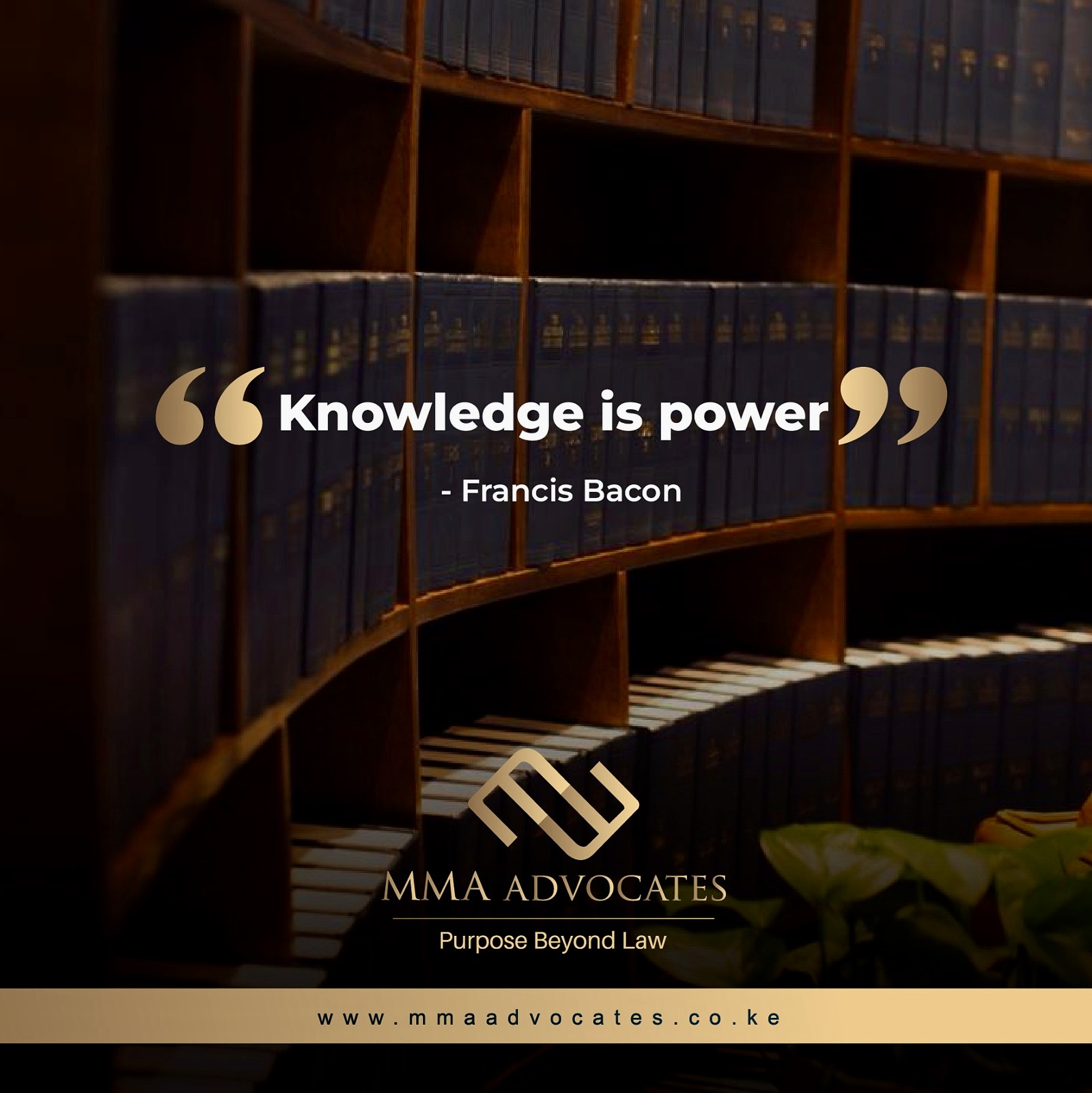



 Lawyers1 year ago
Lawyers1 year ago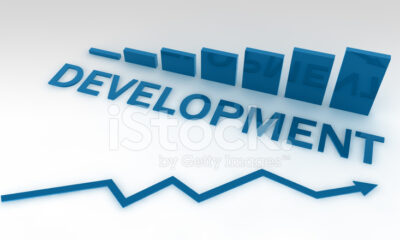
 News & Analysis3 years ago
News & Analysis3 years ago
 News & Analysis3 years ago
News & Analysis3 years ago
 Lawyers1 year ago
Lawyers1 year ago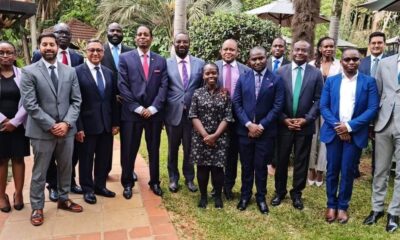
 News & Analysis2 years ago
News & Analysis2 years ago
 News & Analysis1 year ago
News & Analysis1 year ago
 News & Analysis3 years ago
News & Analysis3 years ago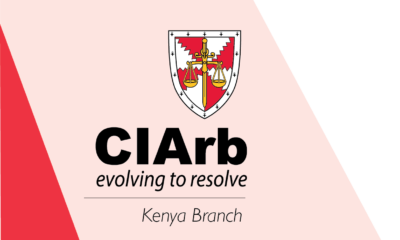
 News & Analysis1 year ago
News & Analysis1 year ago









